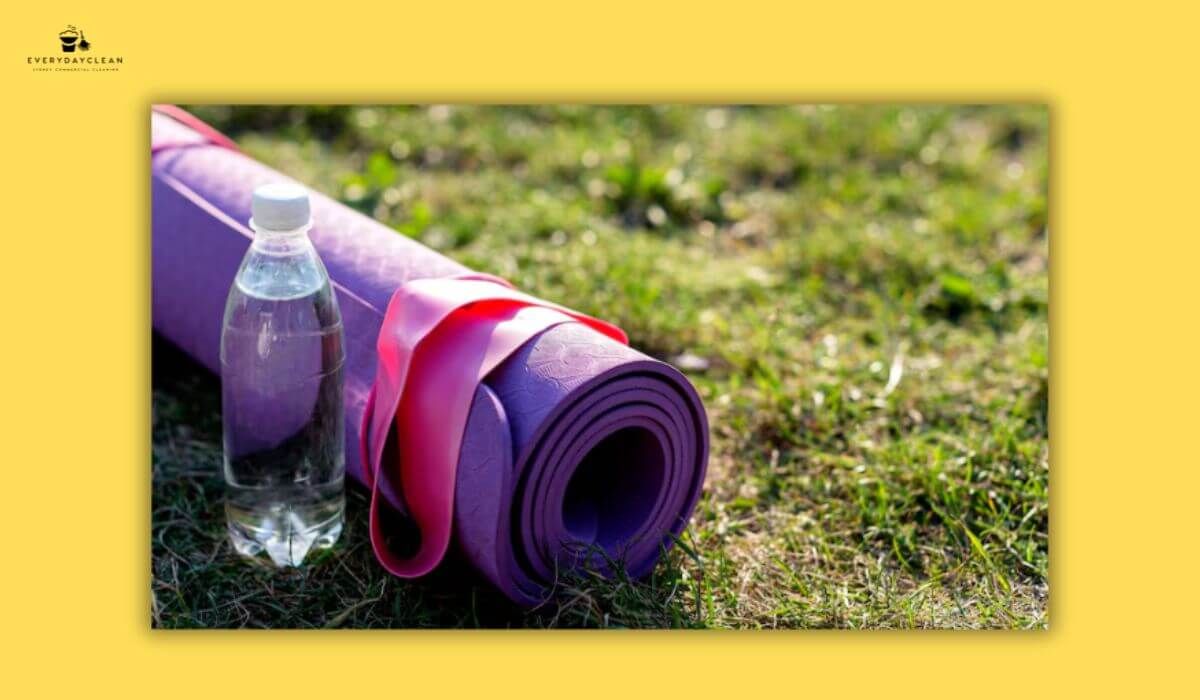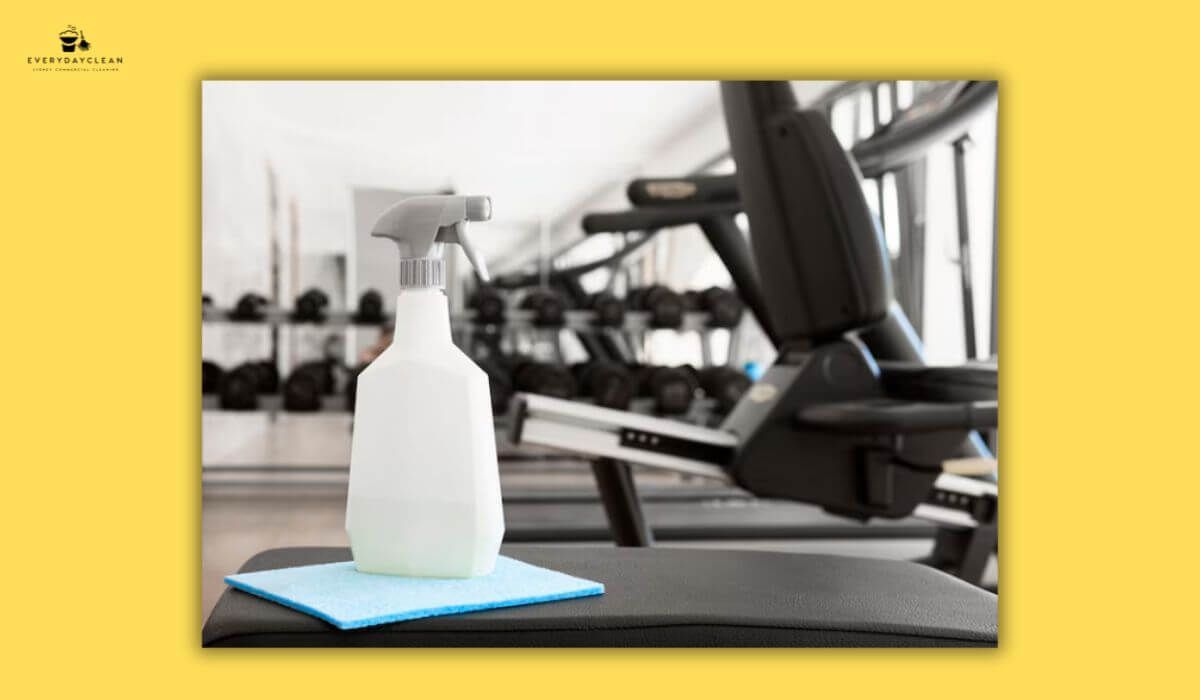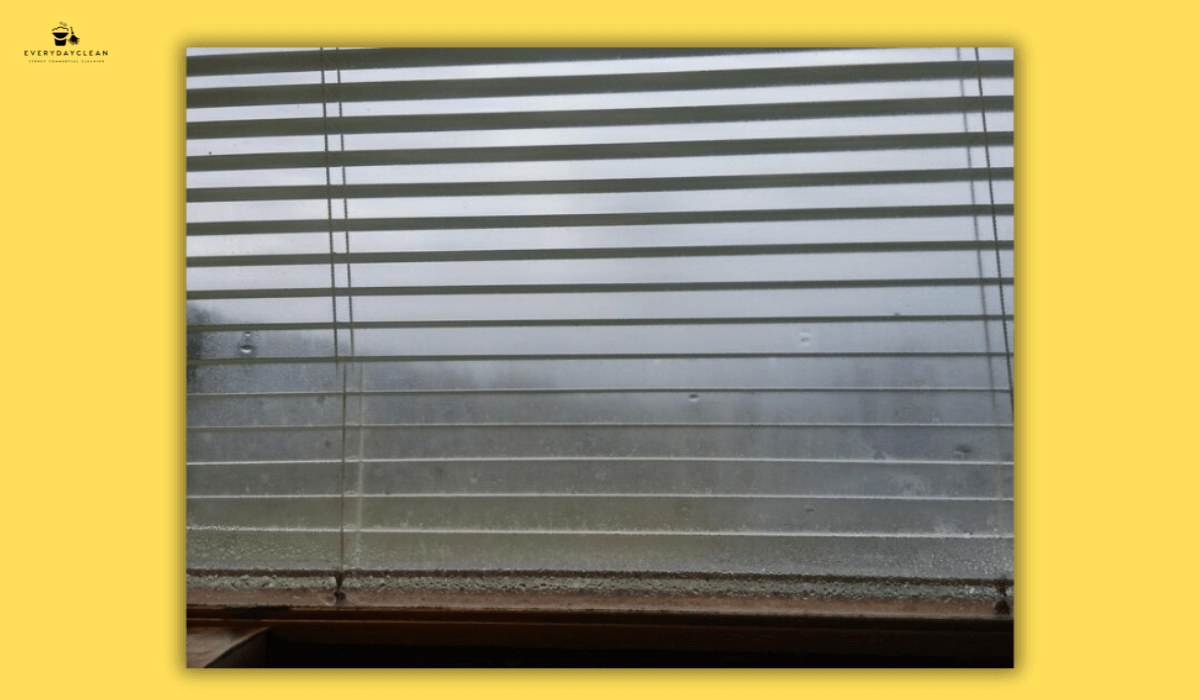How to Clean Yoga Mats Properly with 7 Essential Steps
To clean yoga mats properly, follow a 7-step process that includes shaking off debris, applying a non-abrasive cleaning solution, wiping down both sides, rinsing with a damp cloth, air-drying, disinfecting weekly, and storing mats in a clean, ventilated area. In commercial environments like gyms and yoga studios, where mats are shared and used frequently, consistent cleaning is critical for maintaining hygiene, odour control, and product longevity. Similar care should be applied to other shared equipment, such as cleaning sweat and grime from gym benches, to ensure full facility compliance. This guide outlines a methodical, surface-safe approach tailored for commercial cleaners, facility managers, and fitness staff handling yoga mats daily.
7-Step Checklist: Clean Yoga Mats Properly in Shared or Studio Settings
Whether you’re cleaning individual mats after group sessions or performing a weekly deep clean, this checklist ensures hygiene, safety, and compliance.
1. Shake Off Loose Debris and Sweat Residue
Before applying any liquid cleaners, remove visible dirt, dust, or hair. Hold the mat vertically and shake it out outdoors or over a clean surface. This prevents particles from becoming embedded when wet.
2. Mix a Safe, Non-Abrasive Cleaning Solution
Create a cleaning mix that is gentle on the mat’s surface but effective against bacteria and odour. Combine:
- Warm water
- A few drops of mild dish soap or white vinegar
- (Optional) A small amount of tea tree oil or eucalyptus oil for antimicrobial properties
Use a spray bottle for controlled application. Avoid alcohol-based cleaners or harsh chemicals that may degrade rubber or PVC mats.
3. Wipe the Surface with a Microfibre Cloth
Spray the cleaning solution directly onto the mat or cloth, then gently wipe down both sides. Use circular motions for areas with visible marks or dried sweat. Pay close attention to edges and corners, where grime tends to accumulate.
4. Rinse Lightly with a Damp Cloth
To remove any remaining soap or residue, wipe the mat again with a damp cloth rinsed in clean water. This step prevents sticky buildup and maintains surface grip for users.
5. Allow to Air Dry Completely
Lay the mat flat or hang it over a clean railing or drying rack. Avoid direct sunlight, as UV rays can harden or discolour some materials. Ensure both sides are fully dry before storing to avoid mould or mildew growth.
6. Disinfect Shared Mats Weekly
For mats used communally in fitness studios, apply a commercial-grade disinfectant once a week. Use a non-corrosive, pH-neutral disinfectant certified for gym or yoga equipment. Follow the dwell time indicated by the manufacturer for full effect.
7. Store Mats Properly to Prevent Recontamination
Once dry, roll mats loosely with the top side outward to maintain shape and avoid creases. Store mats in a clean, ventilated space—never in sealed containers or humid areas. Clean shelving or mat storage racks regularly to maintain hygiene.

Tips for Cleaning Different Yoga Mat Materials
Different yoga mat materials need tailored care to stay hygienic and extend their lifespan. Using the same cleaning method for every mat can lead to damage, residue build‑up or ineffective sanitising. Below is a breakdown of how to clean three common mat types while keeping commercial and studio hygiene standards in mind:
Rubber or Natural Yoga Mats
Rubber mats are porous and absorb moisture easily, so soaking or spraying them heavily can shorten their life. Instead, use a lightly dampened microfiber cloth with a mild, neutral pH cleaning solution. Avoid vinegar or acidic cleaners, which can degrade natural rubber. After wiping both sides, always dry thoroughly with a clean towel and air the mat flat before rolling it away to prevent odour and mould growth.
PVC or Synthetic Yoga Mats
PVC mats are less porous and more resilient. They can tolerate gentle vinegar‑based solutions for deeper sanitising but should never be exposed to bleach, high‑acid products or strong solvents. Apply the cleaner with a soft cloth, let it sit briefly, then wipe with a damp cloth and dry completely. This approach removes sweat films without weakening the material.
TPE or Eco‑Friendly Yoga Mats
TPE (thermoplastic elastomer) and other eco‑friendly mats are softer and more sensitive to harsh chemicals. They should be cleaned using only neutral solutions and a non‑abrasive sponge or soft microfiber cloth. Avoid scrubbing pads, alcohol wipes or any high‑alkaline products. After cleaning, rinse lightly if required, blot with a dry cloth, and leave to air dry in a shaded, ventilated area to prevent warping or fading.
How Often Should Yoga Mats Be Cleaned?
Frequency depends on how often the mats are used and whether they are shared.
- After every use: Quick surface wipe with light cleaner
- Weekly: Deeper clean with full rinse and air-dry cycle
- Monthly: Disinfection for shared mats in high-traffic studios
This schedule ensures both hygiene and material longevity, especially in commercial settings like gyms and wellness centres.

FAQs About How to Clean Yoga Mats Properly
Before finishing, here are the most asked questions from gym operators, yoga instructors, and cleaning professionals—based on user query analysis.
How do you deep-clean a yoga mat?
To deep clean a yoga mat, mix warm water with a small amount of mild detergent or white vinegar. Apply the solution with a cloth or sponge, then scrub gently on both sides. Rinse with a damp cloth and air dry completely. For commercial studios, use a pH-balanced disinfectant weekly. Avoid soaking mats, especially those made of rubber or TPE.
Can I use disinfectant wipes on yoga mats?
Yes, disinfectant wipes can be used for a quick clean—especially between classes. However, ensure the product is free from bleach, ammonia, or alcohol to avoid damaging the mat. Always wipe down with water afterwards to remove residue and allow the mat to dry before rolling up.
How do you clean yoga mats that smell?
Bad odours often come from sweat, bacteria, or improper drying. Use a vinegar-based cleaning solution with tea tree oil, known for its antibacterial properties. Wipe the mat thoroughly, rinse, and dry in a well-ventilated area. For persistent smells, consider a baking soda paste treatment followed by a full rinse.
What should not be used to clean yoga mats?
Avoid abrasive scrubbers, alcohol-based sprays, bleach, and strong chemical cleaners. These can erode the mat surface, reduce grip, or leave behind harmful residues. Also, avoid machine washing unless the mat is specifically labelled as machine-safe.
How do I keep yoga mats clean in a commercial gym?
Use a cleaning checklist that includes post-session wipe-downs, weekly deep cleans, and monthly disinfections. Store mats in a clean area and rotate high-use mats frequently. Offer hand sanitiser and cleaning spray to users, and ensure staff are trained in proper mat care.
Book Professional Gym Mat Cleaning with Everyday Clean
Our team delivers reliable, professional gym cleaning services across Sydney.
Everyday Clean uses commercial-grade cleaning solutions and eco-safe products to sanitise yoga mats, floors, and shared fitness spaces. If your studio requires consistent cleanliness, hygiene logs, or audit-ready routines, we’re here to help.
Author: Everyday Clean Content Team
Everyday Clean is Sydney’s trusted provider of commercial cleaning solutions, including pools, gyms, offices, and strata properties. Our licensed professionals use advanced, eco-friendly equipment to deliver safe, compliant, and spotless results. With deep experience across Sydney’s hospitality, fitness, and residential sectors, we help facilities maintain inviting, healthy environments that guests trust.


